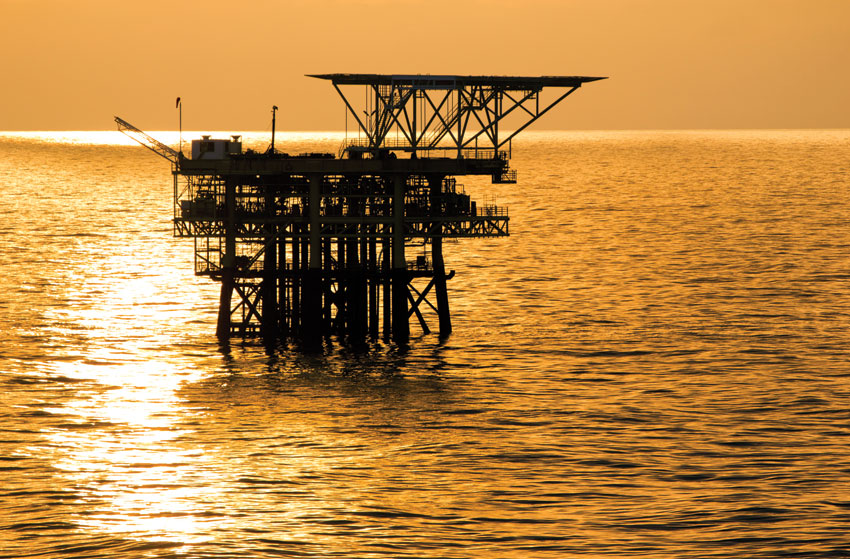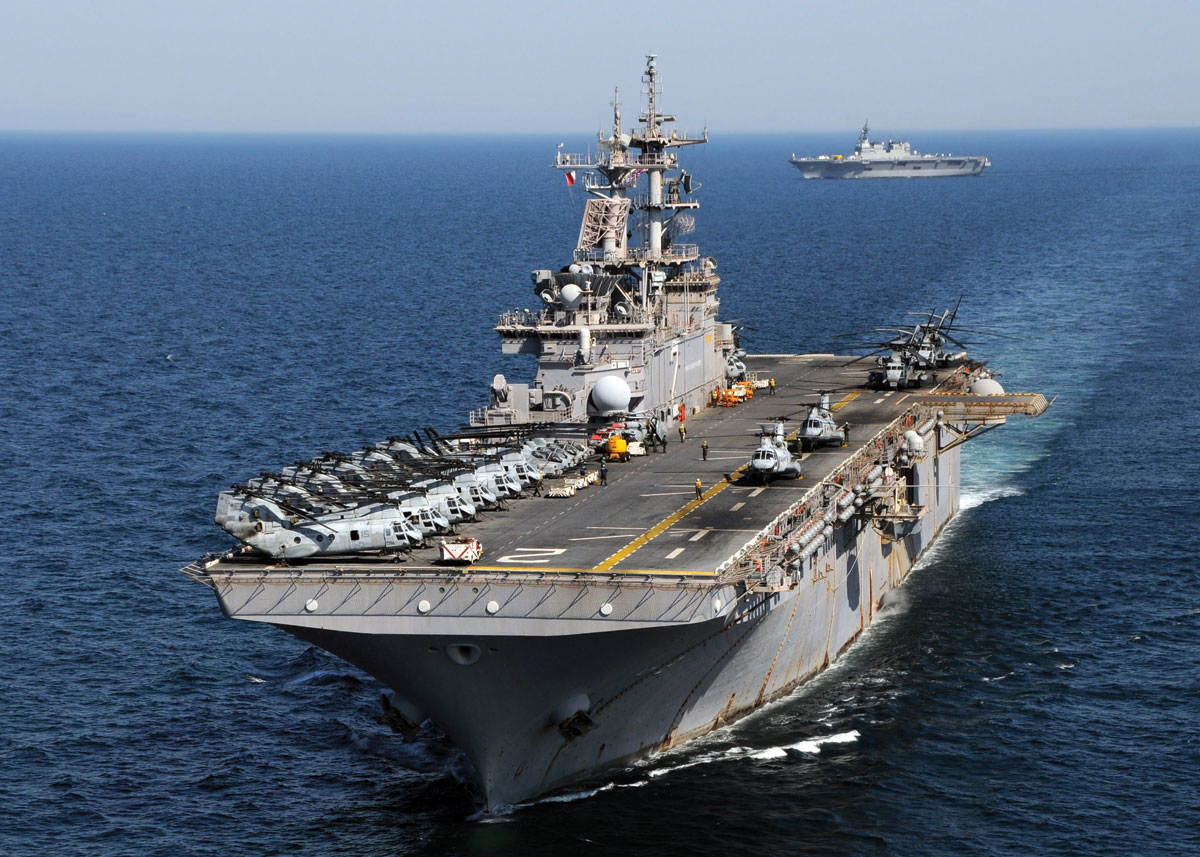A STORM BREWING?
A U.S. Navy ship transits off the coast of northeastern Japan.
India and the U.S. have reportedly discussed plans to conduct joint naval patrols in the potentially resource rich South China Sea that is claimed by China. Rival claimants of the waters include Brunei, Malaysia, Philippines, Taiwan and Vietnam. A U.S. defense official, who spoke on condition of anonymity, told Reuters recently that U.S.-India joint patrols could be launched within the year, writes Siddharth Srivastava. (@siliconeer, #siliconeer, #indo-us-relations, #IndianNavy, #USNavy, #China)
It has been turbulent times in India over the last couple of weeks. A police crack down on student leaders in JNU followed by a violent agitation for reservations by Jats in Haryana.
The state continues to simmer with areas around Rohtak and Sonepat particularly vulnerable to more rioting and looting. There are unconfirmed reports that women were dragged out of cars, assaulted and raped. The unfortunate events could have been avoided had authorities been more vigilant, sensitive and taken pre-emptive measures. However, away from the volatile domestic scenario and TV arc light, another storm is brewing, with India and USA predictably on one side, and China on the other.
The disagreement is over at the disputed waters of the South China Sea. Over the recent weeks, India has made it apparent that it is prepared to take a strong stand to thwart China’s intentions to exercise control over the South China Sea that threatens regional peace and stability.
India and the U.S. have reportedly discussed plans to conduct joint naval patrols in the potentially resource rich South China Sea that is claimed by China. Rival claimants of the waters include Brunei, Malaysia, Philippines, Taiwan and Vietnam. A U.S. defense official, who spoke on condition of anonymity, told Reuters recently that U.S.-India joint patrols could be launched within the year.
The patrols will likely be in the Indian Ocean, where India already has a major Naval presence, and South China Sea, where tensions have escalated due to China building seven man-made islands in the Spratly archipelago. This has provoked USA to nudge its regional allies and Asian partners to take a more forceful stand against China. The U.S. official gave no details on scale of the proposed patrols, the Reuters report said. A Pentagon spokesman, commander Bill Urban, however, said USA and India “continue to explore ways to deepen defense cooperation, including in the area of maritime security,” but no decisions had been made on joint patrols. Responding to the Reuters report, Beijing has warned that interference from countries outside the region threatens peace and stability.
“Countries from outside the area must stop pushing forward the militarization of the South China Sea, cease endangering the sovereignty and national security of littoral countries in the name of freedom of navigation,” a Chinese foreign ministry spokesman said.
Over the recent years, India and U.S. have enjoyed close military ties including supply of armaments and joint naval exercises in the Indian Ocean, also involving Japan. India and China, meanwhile, continue to jab at each other over long-standing border disputes. The Indian Navy has, however, never held joint patrols with another nation. There has been no overt indication by New Delhi of any change in existing policy of participating in international military efforts only under the UN flag. The South China Sea dispute formed part of the India-U.S. joint statement issued during President Barack Obama’s visit to New Delhi in January last year. India has been supporting freedom of navigation in the South China Sea.

The country’s flagship state-owned explorer Oil & Natural Gas Corporation has operations in oil blocks in South China Sea that Beijing has been unhappy about. Vietnam, predictably, has been pushing for greater exploration efforts by Indian firms. Last month, Vietnam pressed China to withdraw an oil rig, that it claimed was deployed in disputed waters of the South China Sea. In 2013, the U.S. Energy Information Administration or EIA estimated 11 billion barrels of oil and 190 trillion cubic feet of natural gas in proved and probable reserves in the South China Sea. Shipping lanes running through the South China Sea, carry an estimated $5 trillion of trade every year.
In the latest development surrounding the disputed South China Sea Islands, an American official told Fox News that U.S. intelligence spotted “under ten” Chinese jets near Woody Island, also known as Yongxing Island. Fox News reported that China had sent two batteries of HQ-9 surface-to-air missiles to the same island. Earlier, Beijing cautioned Washington not to get involved in the territorial dispute. China’s foreign ministry said additional defenses on the South China Sea Islands are similar to U.S. deployments in Hawaii. “There is no difference between China’s deployment of necessary national defense facilities on its own territory and the defense installation by the U.S. in Hawaii,” a Chinese foreign ministry spokesperson said.
By clearly underlining its stand on the South China Sea dispute, New Delhi has demonstrated in no uncertain terms that it is prepared to go the extra mile to impede any overbearing and hegemonic designs of China. New Delhi is prepared to openly side with Washington to corner Beijing.
On the domestic front, however, the Indian government has been found wanting by not gauging the angst of the Jats.


